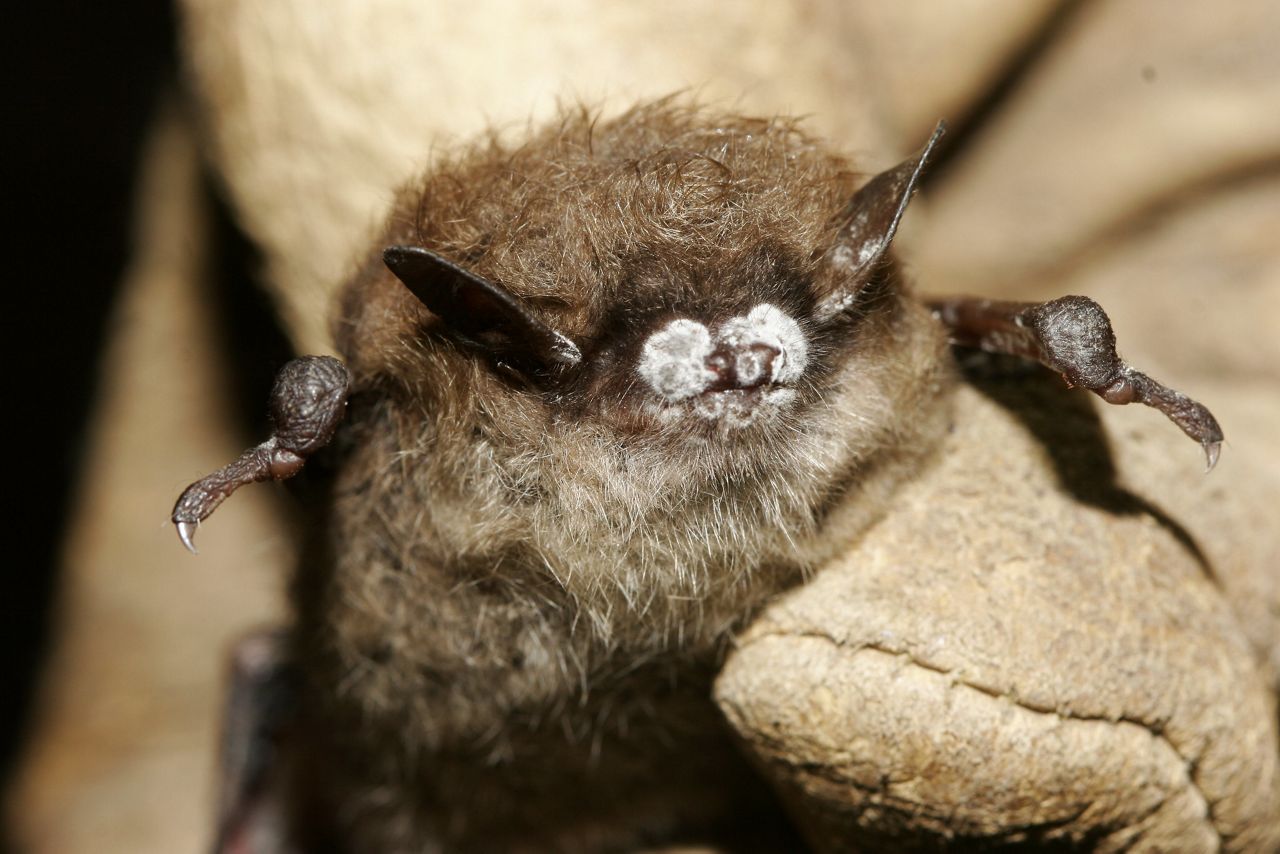Since 2007 when a deadly fungus killing bats was found in Howe Caverns in Schoharie County, scientists have looked for ways to bring back the affected species of bats.
“White nose syndrome affects the bats when they’re in hibernation and it causes some physiological changes by eating holes in their wings. It causes them to dehydrate, and it ultimately causes them to arouse more frequently in the wintertime than they can handle,” said Jeremy Coleman, a national white nose syndrome coordinator with the U.S. Fish and Wildlife.
About 25 species of bats in the U.S. hibernate in the winter, and those are the bats that are impacted by this fungal disease. The other species of bats that migrate don’t get the disease, but they can carry the fungus.

Four species of bats have been heavily impacted by white nose syndrome and all of them live in New York; they include the Northern long-eared bat, tricolored bat, little brown bat and the Indiana bat.
The Northern long-eared bat was recently proposed to be listed as endangered, and the tricolored bat is in the final evaluation for federal listing as endangered. The Indiana bat is already listed as endangered. The little brown bat has also seen significant population declines.
More than 50% of North American bat species need conservation intervention, according to the state of the bats report from 2023 published by the North American Bat Conservation Alliance.
Certain species seem to be less susceptible to the disease than others as they are beginning to hibernate in environments that are less conducive to fungal growth, Coleman said.
“They’re in places that stay a little drier or that get a little colder than fungus likes for growth,” he said.
To help prevent the fungus from spreading further, Coleman said they created artificial cooling sites where bats are known to hibernate.
“In Pennsylvania in particular, they’re seeing positive increases in little brown bats as a result of manipulating the temperature in these locations,” he said.
Little brown bat populations had decreased to roughly 5% of what it was prior to the discovery of white nose syndrome but are now showing steady increases due to the interventions of biologists like Coleman.
“It suggests that a small proportion of the population is resilient to the disease and will potentially help to recover those populations over time,” Coleman said.
Bats only give birth to one pup a year so it will take a long time to get these species back to what they were, but the objective of the national response plan is to prevent their extinction by giving them tools to improve their survival.
“There’s no way we are going to be able to functionally eradicate the fungus but improving the ability of bats to survive in contact with and in the presence of the fungus is our primary objective,” Coleman said.



